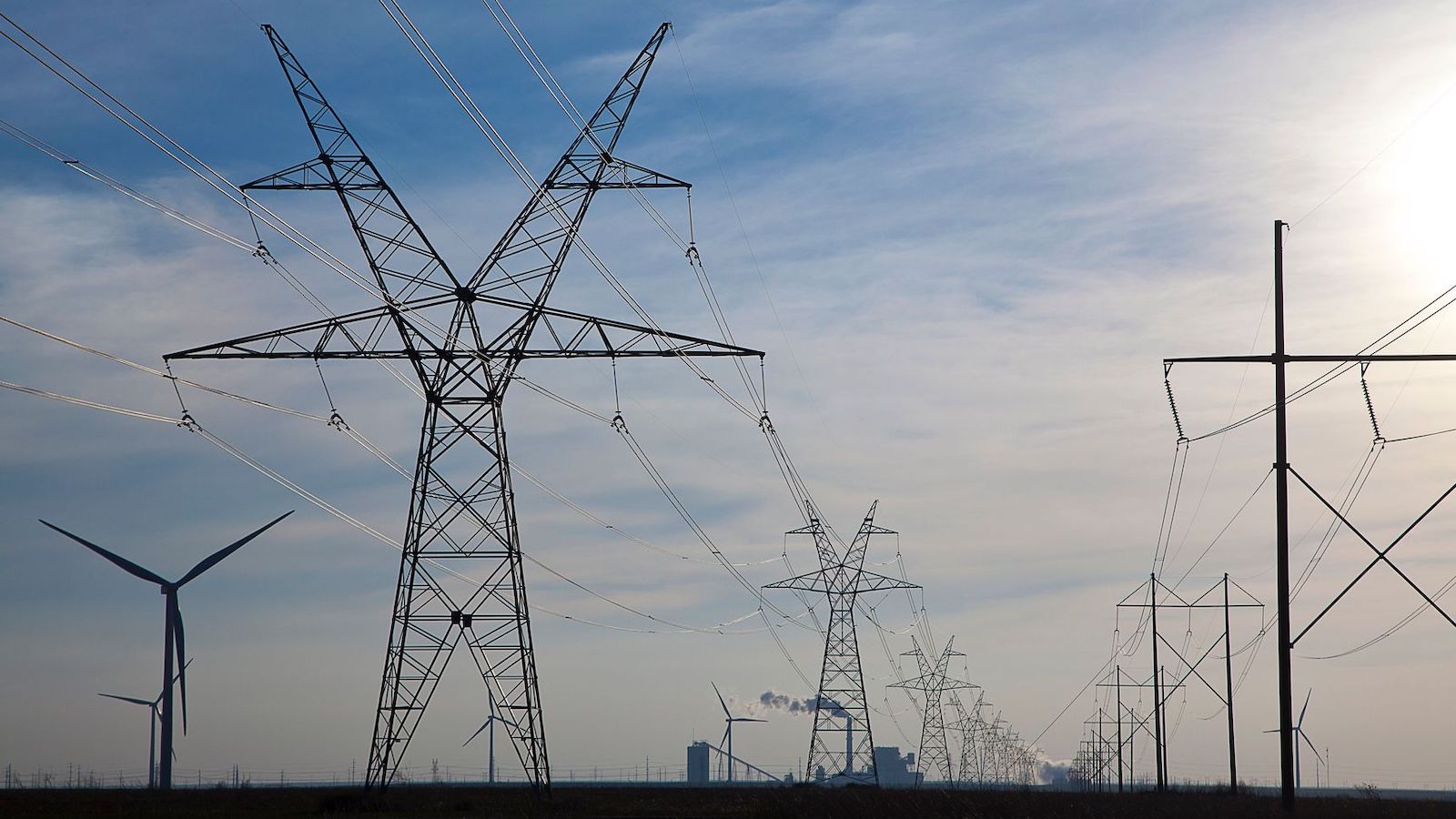Pennsylvania gas company Air Products and Chemicals and Virginia power utility company AES Corp. announced plans to build a $4 billion “mega-scale” hydrogen energy plant in North Texas. The Wilbarger County plant will be the largest “green-hydrogen” facility in the United States, made possible by the Biden Administration’s recent Inflation Reduction Act, which includes tax credits to make producing hydrogen energy more economical.
“Green hydrogen” has been dubbed by supporters “the fuel of the future” due to its potential zero-emission applications. For decades, hydrogen has been incorporated as fuel for cars and buses and can be converted to electricity or as a base for other synthetic gases. In recent years, demand for hydrogen gas has grown to over 70 million tons annually.
Unlike traditional methods of producing hydrogen gas, such as burning fossil fuels, “green-hydrogen” is created by running an electrical current through mineralized water, which separates the oxygen and hydrogen molecules. This process is known as electrolysis. To be classified as green energy, the electricity used to separate the molecules must be sourced by wind, solar, or other zero-emission energy sources. After separation, the hydrogen can be transported using a complicated storage process in which the gas must be converted to ammonia or stored at extremely low temperatures.
Representatives for the companies have not yet announced a builder for the project, but they estimate that it will create over 1,300 construction jobs. The plant will be constructed on the foundation of an out-of-commission coal plant and is expected to begin commercial operation in 2027.
At face value, “green hydrogen” seems a viable solution for a carbon-neutral future. Unfortunately, the process has several criticisms. Nonprofit Food and Water Watch’s report details some of the most pressing roadblocks, such as high cost and lack of sustainability. In one mega-watt hour of hydrogen energy, over 5,000 liters of water must be consumed. In drought-stricken areas, that may be too big of a price to pay, critics say. Hydrogen gas is also extremely explosive, and multiple documented incidents have caused damage to infrastructure and even fatalities. Despite huge sums of cash being put into “green hydrogen” by hopeful investors, fluctuating prices from $5.5 to $9.5 per kilogram also raise concerns that this energy source may not be so effective after all.
Over the past year, Texas has attempted to shield its oil industry from what legislators deem a federal encroachment on the state economy. “Oil and gas is the lifeblood of the Texas economy,” said state Rep. Phil King (R-Weatherford). Texas’ SB 13, passed in September 2021, requires state entities to divest from companies that “boycott” or otherwise don’t support the Texas oil economy. Such divestments could be the case with companies involved in the opening of the new hydrogen plant in North Texas.







I think any new way to make clean fuel is